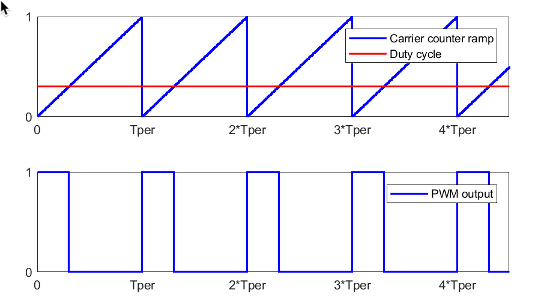Firmware & Field Programmable Gate Arrays
Field-programmable gate arrays (FPGA) have been around since the mid 1980s and are therefore a tried and tested technology. They are capable of implementing highly complex systems in a more secure way than say a Microcontroller can. This means they tend to be used more effectively in SIL rated systems.
In certain ways they could be considered as a ‘poor man’s ASIC’ as they can be programmed with various different function blocks such as UART, I²C, PWM generators and various others. There is also the ability to be able to implement an ARM processor in an FPGA to then be married up to your own set of peripherals. When used with model based design the power of this solution is truly breathtaking! By the way the ARM core IP blocks are royalty free too.
FPGAs are programmable devices that allow engineers to create custom circuits for specific applications.

What’s the Difference Between ASICs and Field Programmable Gate Arrays?
An ASIC (Application Specific Integrated Circuit) is a chip designed specifically for one application. It has fixed functionality and cannot be reprogrammed. FPGAs (Field Programmable Gate Arrays) are chips that can be programmed with different functions. They can be reprogrammed multiple times and are more flexible than ASICs.
Why Do We Need FPGAs?
FPGAs are used because they allow engineers to design their own circuits without having to buy off-the-shelf parts. This allows them to save money and time. In addition, they can be reprogrammed easily, making them ideal for prototyping new designs.
What Are FPGAs Made Of?
Most FPGAs use silicon chips, but there are also FPGAs made out of gallium arsenide (GaAs), germanium, and indium phosphide (InP). Silicon is the most common material because its process technology is well understood and mature. GaAs is more expensive than silicon, so it’s usually only used when performance is critical. InP is less commonly used because it requires special processing steps.
Field Programmable Gate Arrays Conclusion
An FPGA is a field programmable gate array. It’s a chip with a large number of configurable gates that can be programmed to perform any logical function. This allows engineers to build their own circuits rather than using pre-made ones.
More specifically, FPGAs are a type of programmable logic device (PLD) that allows users to create custom circuits using configurable logic blocks (CLBs). These CLBs can be programmed with software to perform specific tasks.
An FPGA consists of thousands of tiny transistors arranged into rows and columns. Each transistor has two terminals: one terminal connects to other transistors in the same row, while the other connects to transistors in the next column. The combination of these connections creates a matrix of gates that can be configured to perform any logical operation.
Please contact us to find out how we can help your project or business.






